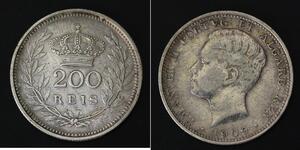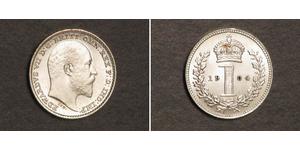(Verkauft für $211.0)
1680, Netherlands, Utrecht. Large Silver Rider / Ducaton (60 Stuiver) Coin. R!
Mint Year: 1680 Mint Place: Utrecht Denomination: Ducaton of 60 Stuivers (Silver Rider) Reference: Davenport 4938, KM-63 ($400 in XF!). R! Condition: Crudely struck, minor deposits, otherwise XF for this early issue! Weight: 32.53gm Diameter: 42mm Material: Silver
Obverse: Armored knight on horse, brandishing sword on jumping horse right. Crowned shield with arms of Utrecht below. Legend: MO . NO . ARG PRO . CON (crowned shield) FOE . BELG . TRAI . (privy mark: shield) Reverse: Crowned shield with, supported by crowned roaring lions. Date (1680) in foliage below. Legend: * CONCORDIA .- RES PARVAE - CRESCUNT .
In 1659 the Dutch states started production of the 'silver rider' ducaton, featuring a mounted knight on horseback. This design weighing 32.779 grams of 0.941 silver also featured the crowned arms of the United Netherlands on the reverse, with a shield below the knight indicating the province of minting. Rider ducatons were minted until 1798. In the period 1726-1751 ducatons were minted bearing the monogram of the Dutch East India Company. As a trade coin the familiar design of the Dutch rider helped it to compete against well-known world coins such as the Spanish dollar. It was valued at 60 stuivers.
Utrecht, city and municipality is the capital and most populous city of the Dutch province of Utrecht. In 1579 the northern seven provinces signed the Union of Utrecht, in which they decided to join forces against Spanish rule. The Union of Utrecht is seen as the beginning of the Dutch Republic. In 1580 the new and predominantly Protestant state abolished the bishoprics, including the one in Utrecht, which had become an archbishopric in 1559. The stadtholders disapproved of the independent course of the Utrecht bourgeoisie and brought the city under much more direct control of the Holland dominated leadership of the republic. This was the start of a long period of stagnation of trade and development in Utrecht, an atypical city in the new state, still about 40% Catholic in the mid-17th century, and even more so among the elite groups, who included many rural nobility and gentry with town houses there. The city, which was held against its will in the states of the Republic, failed to defend itself against the French invasion in 1672 (the Disaster Year). The lack of structural integrity proved to be the undoing of the central section of the cathedral of St Martin church when Utrecht was struck by a tornado in 1674. The Treaty of Utrecht in 1713 settled the War of the Spanish Succession. In the early 19th century, the role of Utrecht as a fortified town had become obsolete.

|
Beigetragen von:
anonymous 2019-10-07 |

1 Doppia Kirchenstaat (752-1870) Gold Pi ...
Diese Gruppe hat 5 Münzen / 4 Preise
Add coin to this group
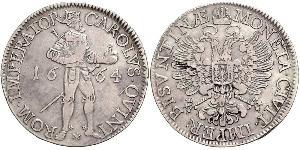
1 Thaler Kingdom of France (843-1791) Si ...
Diese Gruppe hat 12 Münzen / 11 Preise
Add coin to this group
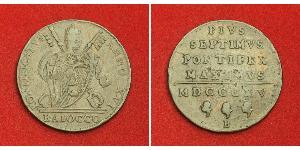
1 Baiocco Kirchenstaat (752-1870) Kupfer ...
Diese Gruppe hat 5 Münzen / 5 Preise
Add coin to this group
200 Reis Kingdom of Portugal (1139-1910) Silber Manuel II of ...
Diese Gruppe hat 6 Münzen / 5 Preise
⇑
1 Penny Vereinigtes Königreich Silber Eduard VII (1841-1910)
Diese Gruppe hat 5 Münzen / 5 Preise
⇑








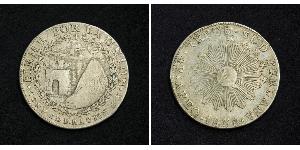
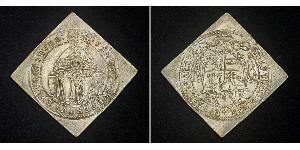

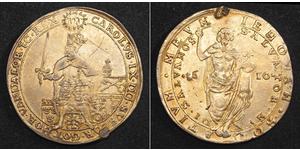
-300-150-GebBwcI0fjYAAAEqreNDRaTs.jpg)
